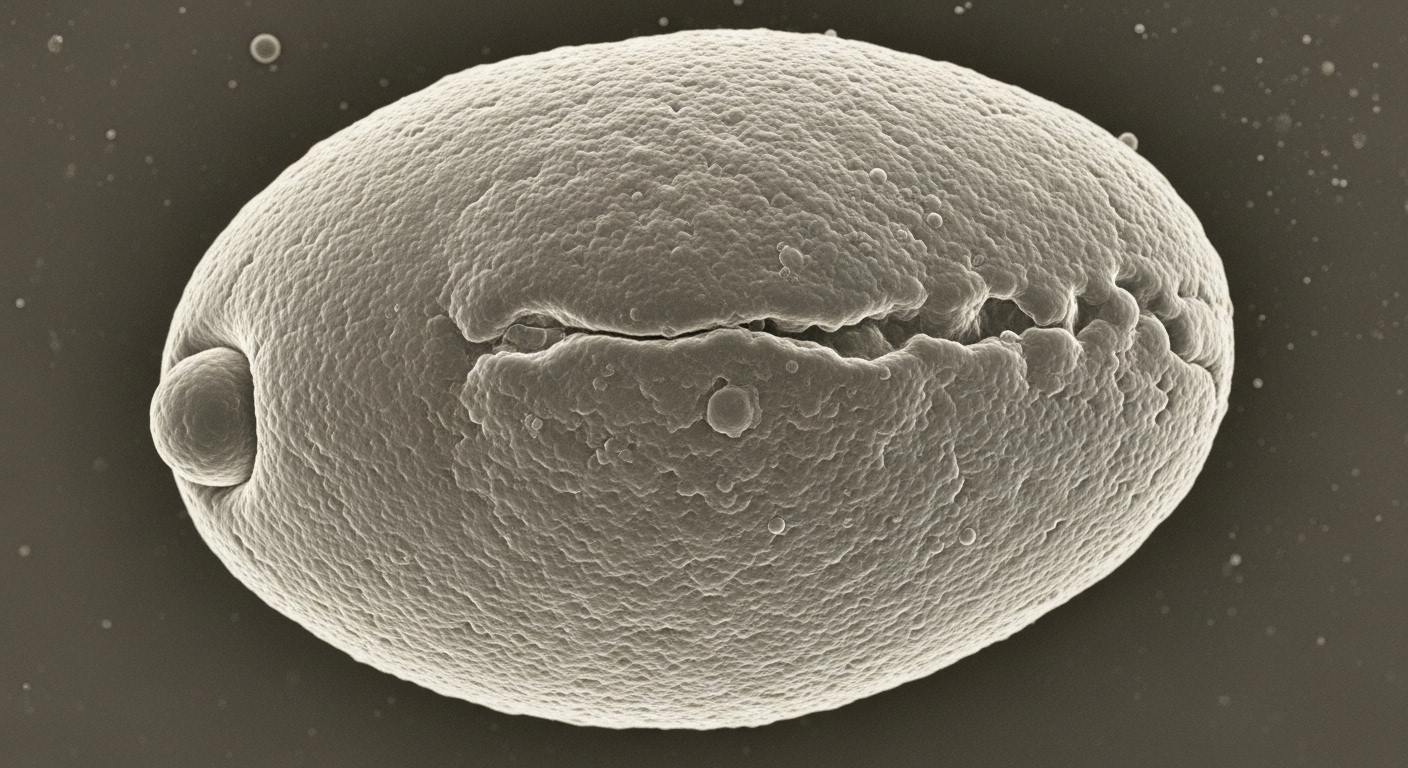Dr. Kumar’s Take
Traveling to regions with poor sanitation or hygiene exposes you to pathogens your gut isn’t used to. This study provides strong evidence that Saccharomyces boulardii used before and during travel significantly lowers the risk of getting traveler’s diarrhea. For anyone going abroad where hygiene might be a concern, this is a proactive tool you should consider.
Key Takeaways
- Prophylactic use of S. boulardii was tested in ≈3,000 Austrian travelers heading to distant regions.
- Two dosages were tested: 250 mg daily and 1,000 mg daily.
- Greater adherence to taking the probiotic regimen correlated with higher protection.
- Dose‑response effect: higher dose yielded better protection (greater risk reduction).
- Effect varied by region; stronger protection noted in North Africa and the Near East (Turkey).
- S. boulardii had low incidence of side effects; generally safe and well tolerated.
Actionable Tip
If you’re traveling to regions with risk of traveler’s diarrhea, take S. boulardii prophylactically: start at least one day before departure, then daily throughout travel. Use a higher dose (around 1,000 mg daily or 500 mg twice daily) if possible, especially for high‑risk destinations or if you expect longer duration away. Stick with the regimen strictly for the greatest benefit.
Study Summary
This randomized, placebo‑controlled, double‑blind trial enrolled Austrian travelers to distant regions (areas with lower sanitation/hygiene). Participants were randomized to receive either placebo, or S. boulardii at one of two doses (250 mg or 1,000 mg daily) starting before travel. They were followed for incidence of traveler’s diarrhea, with regional subgroup analysis and rigorous monitoring of adherence.
Study Design
- Population: ~3,000 healthy adult travelers from Austria to distant regions (various areas abroad)
- Interventions:
- Placebo
- S. boulardii 250 mg daily
- S. boulardii 1,000 mg daily
- Blinding: Double‑blind, placebo‑controlled
- Timeframe: Prophylaxis administered during period of elevated exposure (travel)
- Outcome: Incidence of traveler’s diarrhea (as defined by criteria of frequent loose stools, etc.)
Results
- Both doses of S. boulardii reduced incidence of traveler’s diarrhea versus placebo.
- High dose (1,000 mg/day) showed greater protection compared to the low dose.
- Regional differences observed: some regions showed stronger effects than others.
- Side effects were few; regimen was well tolerated.
Biological Rationale
- Probiotic yeast resists destruction by antimicrobial or environmental stress.
- Likely mechanisms include competitive inhibition of pathogenic colonization, strengthening of gut barrier, perhaps stimulation of local immunity.
- Starting early gives probiotic time to colonize or at least prime defenses before pathogen exposure.
Strengths & Limits
Strengths:
- Large sample size (~3,000) gives statistical power.
- Dose‑response design helps establish stronger / weaker effects.
- Double‑blind, placebo‑controlled improves confidence.
Limitations:
- Study published some decades ago; travel patterns, pathogen profiles, and sanitation may differ now.
- Definition of “distant regions” may be broad; specificity by region somewhat limited in reporting.
- Adherence varies, which influenced effect size; real‑world compliance may be lower.
- Did not examine duration of travel or exact onset timing in relation to infection.
Related Studies and Research
- Saccharomyces boulardii in the prevention of antibiotic‑associated diarrhoea: meta‑analysis
- Saccharomyces boulardii in the prevention of antibiotic‑associated diarrhoea in children: RCT
- SB + Amoxicillin‑Clavulanate Effects on Gut Microbiota (RCT)
- High‑Dose Vancomycin + SB for Recurrent C. difficile
- 🎙️ Saccharomyces boulardii Explained – Podcast Episode
FAQ
How early before travel should I start S. boulardii?
Although the study doesn’t specify exact lead time, starting prior to travel (ideally one or more days) helps ensure readiness.
Does higher dose always mean better protection?
In this study, yes, it showed a dose dependence. But higher doses may cost more or have minor tolerability differences in some people.
Is this safe for long travel durations (>4 weeks)?
Longer durations weren’t well studied in this trial. If traveling long‑term, ensure you have reliable sources for probiotic supply and monitor for any GI discomfort.
Bottom Line
Prophylactic Saccharomyces boulardii (especially at higher dose) can meaningfully reduce the risk of traveler’s diarrhea for people going to regions with poor hygiene standards. Compliance and dose matter. It’s among the strongest non‑antibiotic strategies for protecting gut health when traveling.


